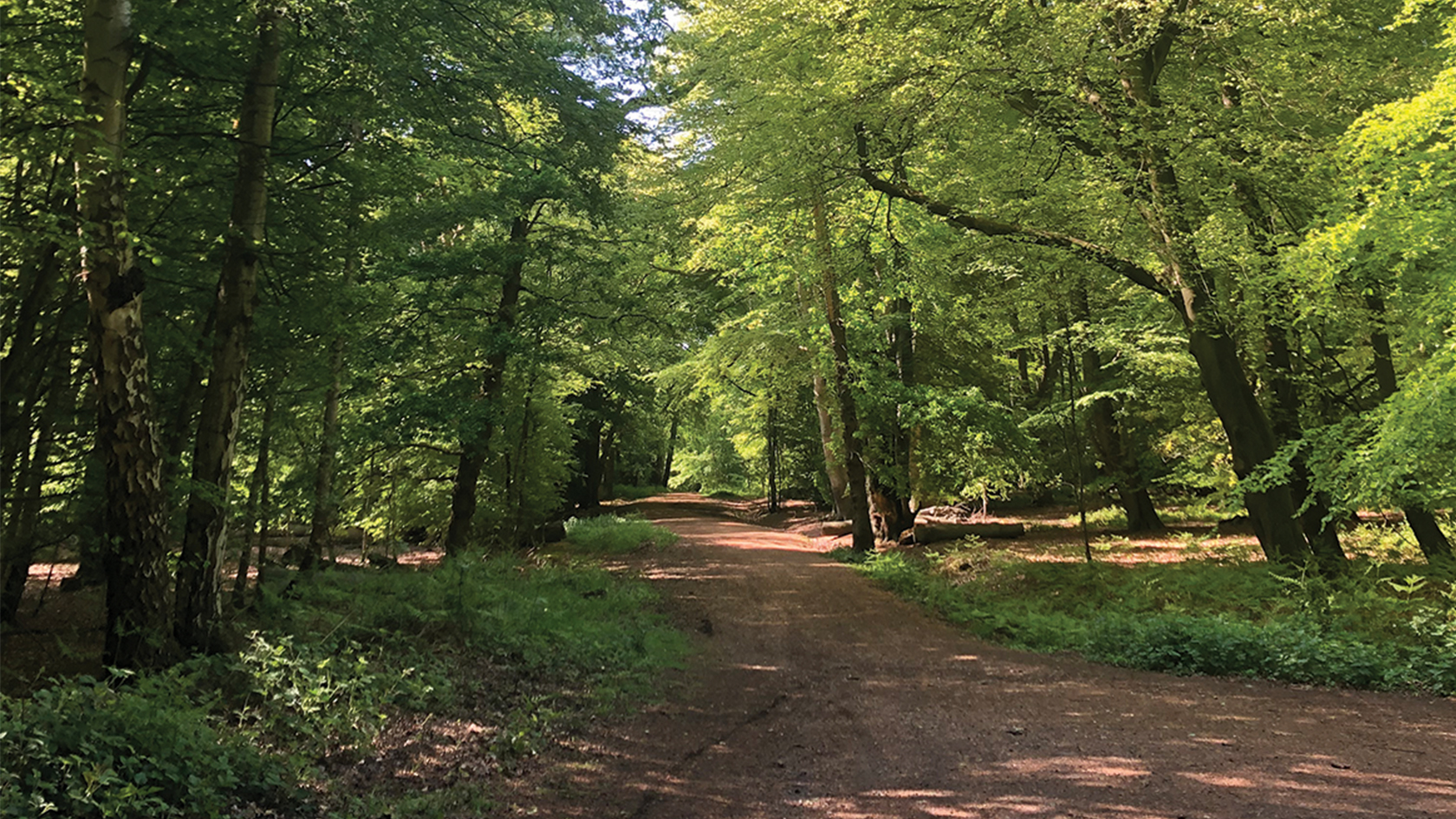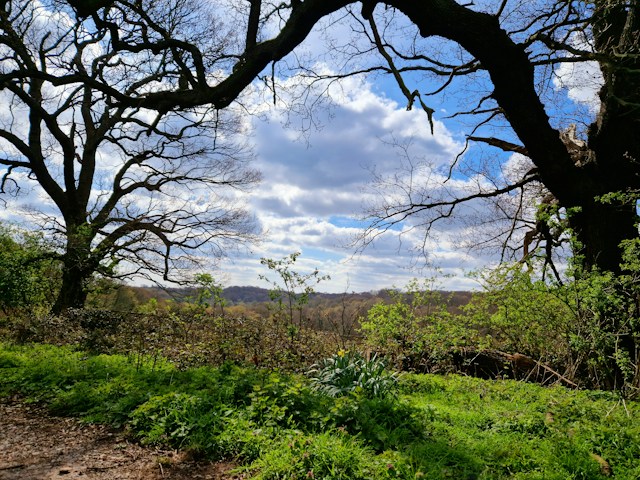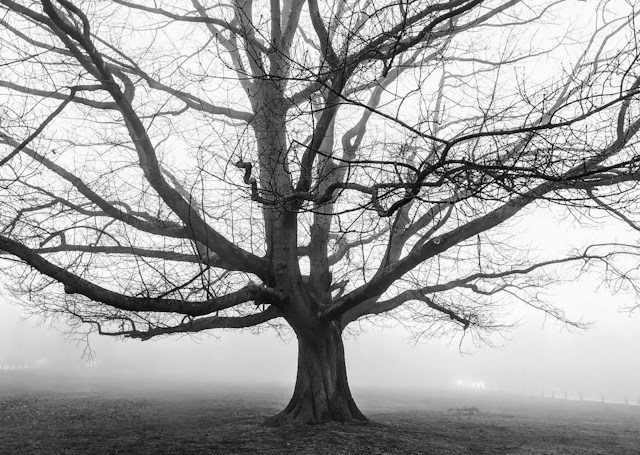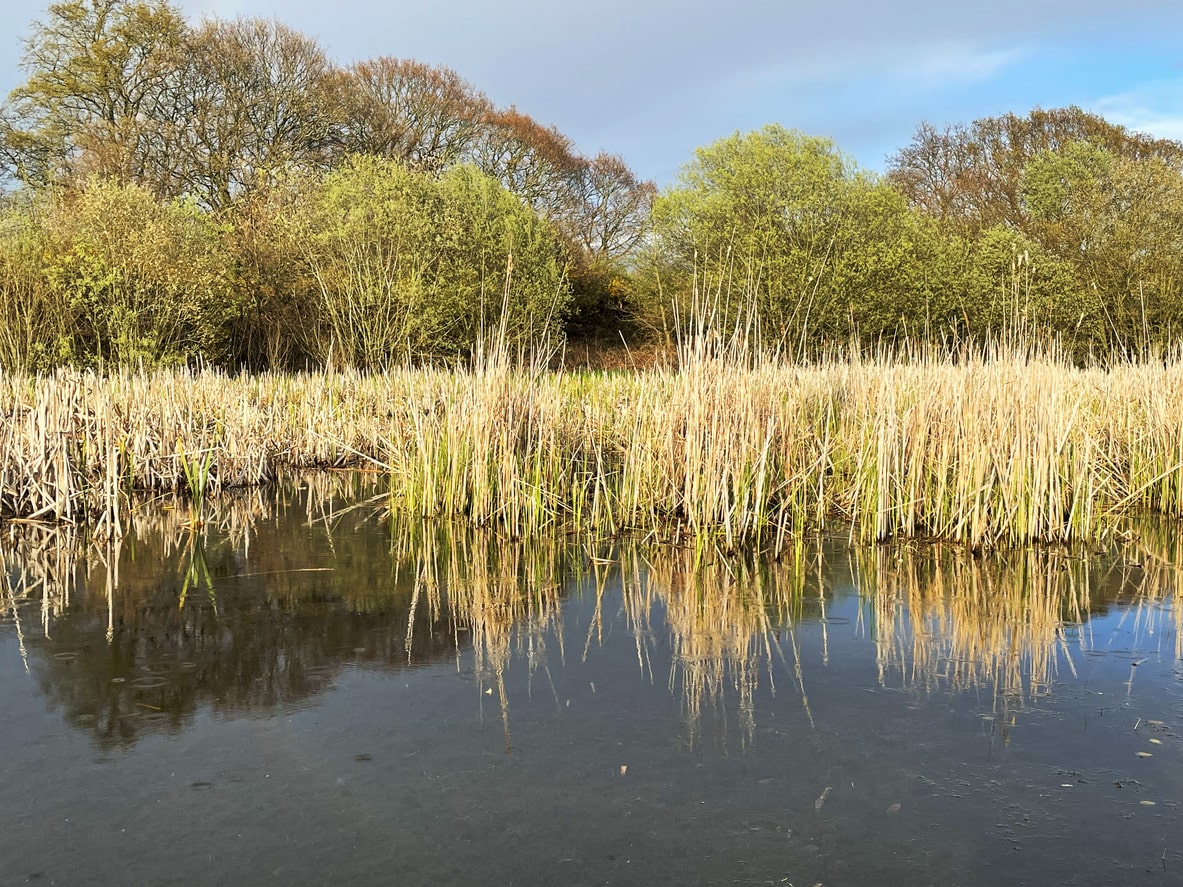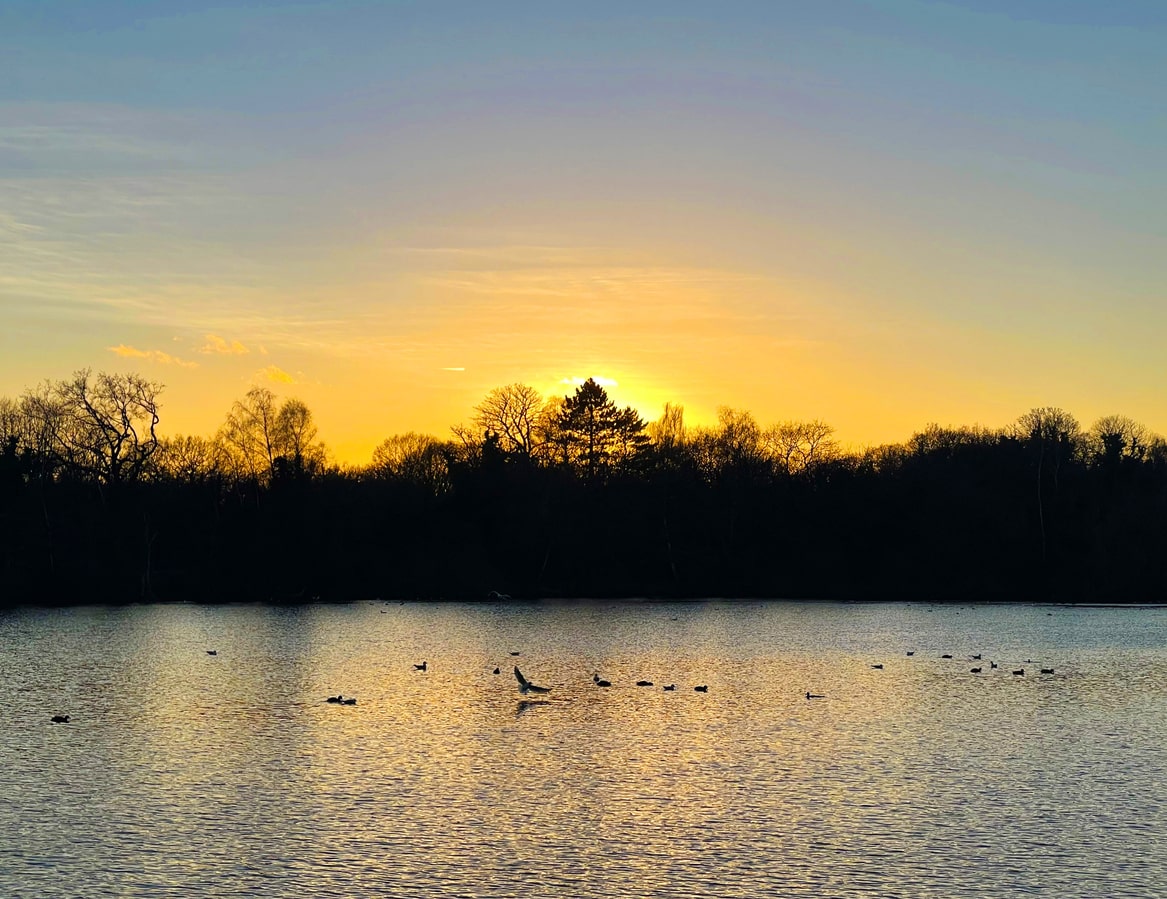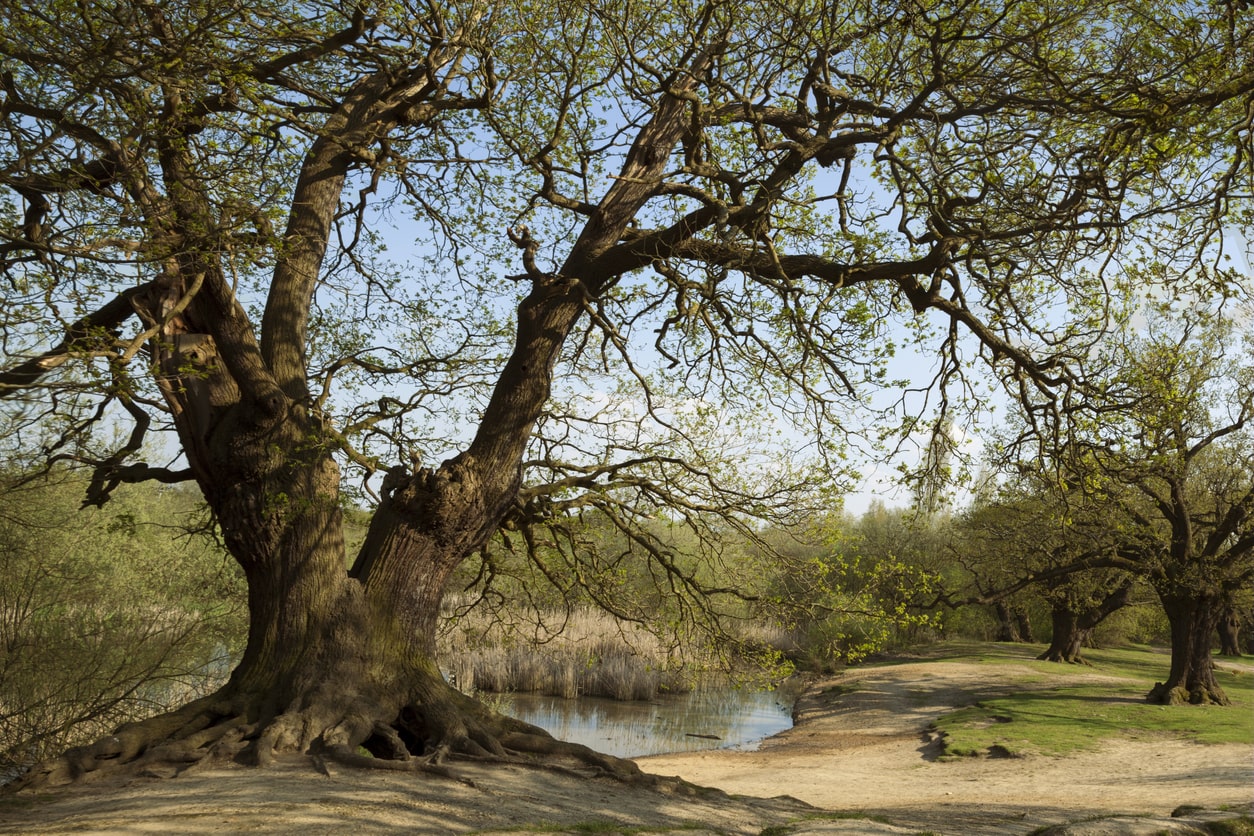The Early Origins of Epping Forest District
Epping Forest's origins can be traced back over 1,000 years to the Anglo-Saxon period in English history. During this era, the area was known as Waltham Forest and served as a royal hunting ground for Saxon kings and nobles like King Harold II, the last Saxon king of England. Deer, wild boar, and smaller game would have roamed beneath the majestic oak and beech trees that covered the densely wooded landscape. After the Norman conquest in 1066 led by William the Conqueror, this vast wooded area passed into the hands of the new Norman king. The forest was strictly protected and used by nobles and royalty as a private hunting chase. Harsh penalties were imposed on any commoners caught poaching game in the king's forest, with punishments including heavy fines or mutilation. Over the centuries, various parcels of Waltham Forest were parcelled off by the nobility and cleared for farmland and villages. By the 16th century, it came to be called Epping Forest, derived from the nearby Saxon settlement of Epping. Still, a royal domain, Epping Forest remained a secluded hunting preserve for Tudor monarchs like Henry VIII and Elizabeth I.
The Threat of Destruction in Victorian Times
By the 19th century, Epping Forest was in grave danger of being fully destroyed and cleared away. With London's population booming during the Industrial Revolution, timber merchants eyed the forest's trees hungrily as a source of lumber and profit. Impoverished commoners also began illegally taking wood from the forest for heating fuel and to graze livestock. In 1851, Queen Victoria declared that Epping Forest would no longer be royal land and would be opened for timber harvesting and development. Commercial timber harvesting intensified dramatically, and acres of land were rapidly cleared by logging companies for lumber production. The land was also cleared for farms to feed London's growing population. By the 1870s, only around 700 acres or one-tenth of the original forest remained. Alarmed by the devastating loss of forest, a group of concerned London citizens formed the Epping Forest Protection Committee in 1871. Led by philanthropist Sir Robert Hunter, the committee sought to preserve what little was left of Epping Forest for recreational use and the public good. After a prolonged political battle over the fate of Epping Forest, the Epping Forest Act was finally passed by Parliament in 1878. This landmark legislation allowed the City of London Corporation to purchase thousands of acres of forest land from private owners to protect it from clearance and development. Though much of Epping Forest had been destroyed, these conservation efforts ultimately saved the remainder for future generations.
Key Attractions in Epping Forest Today
Despite the losses of the Victorian era, Epping Forest has rebounded and remains a treasured green refuge today. Scattered with ancient oak, beech, and hornbeam trees, the forest has over 5,000 species of fungi and invertebrates, making it an invaluable natural habitat. What are some of the top attractions and activities that draw over 4 million visitors to Epping Forest each year?
Epping Forest Oak Trail
With around 8,000 ancient oak trees, Epping Forest is a forest lover's paradise. The King Oak, located near Wake Valley Pond, is the most famous tree. Estimated to be up to 750 years old with a massive girth of over 10 metres, it's one of England's oldest oaks. Other oak giants are the Queen Elizabeth Oak planted in 1558 and Henry VIII's Oak from 1543. Walking among these towering oak sentinels is a magical forest experience.
Woodland Trails
Crisscrossed with public footpaths and bridleways, Epping Forest offers many scenic hiking routes for all abilities. For an easy ramble, the Forest Way West is a 2.5-mile loop that follows the old horse-drawn tram line from High Beach to Kenwood Lake. Passing woodland streams and grassy clearings, it's great for families and offers opportunities to see grazing deer. For those seeking a longer hike, the 7.5-mile Oak Trail provides a delightful way to experience Epping's ancient oaks. Starting from High Beach, this moderately challenging loop passes by famous trees like the King Oak and Dick Turpin's Oak atop Ambresbury Banks. As you walk, notice how sunlight filters through the oak canopy and look for woodland birds like nuthatches and woodpeckers. Epping Forest's longest trail is the 26-mile Forest Way linking Epping and Hatfield Broad Oak. Traversing the forest from south to north, this trail can be done in sections or as one long countryside ramble. Pack a lunch to enjoy along the way and be rewarded with tranquil woodland vistas stretching for miles. Keen hikers will relish the chance to spend a full day immersed in this historic wooded landscape.
Mountain Biking
With its mix of woodland trails, steep hills, and open meadows, Epping Forest has become a top destination for mountain biking near London. Riders of all skill levels will find over 125 miles of scenic tracks and single-track trails to explore across the ancient woodland. For beginners, the 5-mile blue graded route from High Beach to Connaught Waters provides a moderate ride with some gentle climbs and thrilling descents. Wind through shady oaks and pause to appreciate views over Connaught Lake. Families can ride safely away from vehicle traffic. Experienced mountain bikers can challenge themselves on the 7-mile orange/red graded route from High Beach Visitor Centre to Upshire. This technical single-track loop has steeper climbs, banked corners, and obstacles like roots and fallen trees to test your skills. Stop for a pint at the Two Brewers pub in Chigwell Row to refuel after your ride. Epping Forest attracts dedicated cyclists as well as groups of friends and families seeking active fun. Join one of the free group rides offered by local MTB clubs and shops on weekends to explore the trails safely. With options for all abilities, it's easy to spend a full day adventuring on two wheels through this natural haven so close to London.
Nature Spotting
A walk through Epping Forest often brings delightful wildlife sightings. Herds of deer roam across grassy clearings and can often be seen early morning and dusk. Over 100 species of birds including woodpeckers, tawny owls, and kestrels can be spotted. If you're lucky, you may even glimpse a fox, weasel or mouse. Be alert and have your camera ready!
Connaught Waters - An Epping Forest Lake
At the southern end of Epping Forest lie Connaught Waters, an idyllic spot for water sports. The 30-acre lake offers fishing, sailing, kayaking, and paddle boarding on bright blue waters. Relax at the lakeside cafe while watching windsurfers out on the lake.
Queen Elizabeth Hunting Lodge
Located in Chingford overlooking the ancient woodlands, the Queen Elizabeth Hunting Lodge provides a fascinating glimpse into Tudor history. Built in 1543 for King Henry VIII as a grand timber-framed hunting lodge, it was used as a base for royal hunting expeditions in Epping Forest. During the reign of Queen Elizabeth I, the lodge was renovated and became one of the queen's favourite retreats for forest strolls and meals after hunting. Today, costumed interpreters bring the Tudor hunting lodge to life and explain how royals and their courts would have used the lodge centuries ago. Interactive displays let visitors handle replica weapons and hunting tools to learn about medieval hunting methods. Children can try on replica Tudor clothing and enjoy special exhibits like writing with a quill pen. The highlight for many is climbing the tower staircase to take in views from the rooftop, just as Henry VIII would have surveyed his forest hunting grounds. The lodge provides a living history experience that illuminates how British monarchs enjoyed Epping Forest for sport and recreation during the 16th century.
Epping Forest Walks
Some of the most scenic and enjoyable walks in Epping Forest take you deep into the ancient woodland, past iconic oak trees and through peaceful glades. One recommended walk is the 6-mile Epping Forest Centenary Walk which begins at High Beach and passes unique landmarks like Ambresbury Banks, an ancient earthwork, Loughton Brook, and the historic Queen Elizabeth Hunting Lodge. For wildlife watching, the Warren Pond and Connaught Waters walk is a treat. Starting at the Warren Pond parking area, this 5-mile walk loops around two forest ponds. Look for herons, coots, swans and sometimes even otters along the waterways as you stroll through areas rich in butterflies. At Connaught Waters, stop for a while to take in views across the lake. To see Epping Forest's most magnificent oak trees, the 4-mile golf course walk from Chingford is a must. Passing venerable trees like the Guardians and the Five Sisters, you'll understand why this landscape inspired Tolkien's Middle Earth. Look out for woodpeckers and tawny owls along the way. End the walk with tea and scones at the historic Royal Epping Forest Golf Club. For families, the High Beach to Queen Elizabeth Hunting Lodge walk is an easy 2.6-mile option with children's activities at the lodge. The adventurous may also want to climb the 95 steps to the top of Grimston's Oak for panoramic views over London. With its play trails and gentle terrain, this loop makes for a delightful family forest outing. Whatever walk you choose, Epping Forest rewards hikers with beauty, nature, and history around every corner. Just be sure to don sturdy shoes, bring snacks and water, and watch out for roots and muddy patches along these ancient woodland trails.
Most Beautiful Epping Forest Lakes
With its peaceful ponds and historic lakes, Epping Forest offers some truly picturesque spots for nature watching. Connaught Water is one of the most scenic lakes, covering 30 acres in the southern part of the forest. Walk the 3 mile trail around the lake and admire views across the vivid blue waters. Built as a reservoir in the 19th century, it is now a haven for sailing, kayaking and birdwatching. Keep an eye out for swans, great crested grebes, and cormorants fishing along its reed-fringed edges.
High Beach has two delightful ponds that reflect the ancient oaks in their waters. Hawkswood Pond is postcard-perfect, with an idyllic gazebo on its shore for contemplating the tranquil scene. Nearby Baldwin’s Pond is ringed with wildflowers like yellow flag iris and offers good forest birding. For peaceful seclusion, try the Warren Pond, tucked away in the northern reaches of Epping Forest. Encircled by woodland, its sedge-lined waters provide an undisturbed ecosystem for dragonflies, damselflies and other pond life. With their sublime forest settings and rich wildlife, these lakes offer natural beauty in abundance.
Epping Forest Hotels
Epping Forest makes for an easily accessible and affordable weekend break from London. The forest's perimeter touches several charming villages with good transport links. Here are some of the top lodging options near the forest:
- Hotels in Loughton: Conveniently located right along the Central Line, Loughton provides easy access to Epping Forest's highlights. The Loughton Hall Hotel is a 3-star hotel with comfortable rooms and an acclaimed restaurant. For affordable rates, the Roding Hotel and Maison Talbooth are good options near the tube.
- Cottages in North Weald: For a cosy, countryside feel, the villages of North Weald and Epping offer self-catering cottages and B&Bs nestled near the forest. Hayley's Cottage, Willow Cottage, and Satchell's Cottage get rave reviews for their fireplaces, gardens and friendly hosts.
- Glamping in High Beach: Fancy “glamorous camping” while visiting Epping Forest? Check out luxurious yurts, bell tents, and shepherd’s huts near High Beach. Away with the Fairies and Wild Forest offer stylish tents with real beds and campfire cooking under the stars.
- Chingford Hotels: Boasting a mainline train station, Chingford gives easy forest access from London. The Station Hotel Chingford faces the station for convenience. For affordable rates, the Travelodge or Premier Inn offers clean, comfortable rooms in central Chingford.
Epping Forest Pubs and Restaurants
After a day of hiking or biking in Epping Forest, visitors have their choice of village pubs and gastropubs offering hearty meals and local ales. Here are some top dining picks around the forest:
- The King’s Oak - High Beach: Set in a charming 15th-century inn, the King's Oak pub in High Beach is popular with walkers. Sip a craft ale by the inglenook fireplace then enjoy oak smoked beef brisket or wild boar sausages with homemade mash. Live jazz on Sundays!
- The Cock Inn - Epping Green: This family-run free house dates back to the 1400s and serves classic British pub grub like fish and chips, steak and ale pie, and ploughman's platters. Cask ales, a sunny beer garden, and live bands make this a lively social spot.
- The Copped Hall - Epping: Historic Copped Hall overlooks Epping Forest near Connaught Waters. Stop into this upscale pub and restaurant for modern British cuisine made with fresh local ingredients. Their Sunday roasts with Yorkshire puddings get rave reviews.
- Forest Edge Deli - Buckhurst Hill: This quaint deli cafe sits at the edge of Queen's Forest. Grab a gourmet sandwich or salad for a forest picnic. Bagels, quiches, hearty soups, and tempting cakes will fuel your walks. Gluten-free and vegan options too!
- The Griffin's Head - Nazeing: Dating from the 1400s, this gastro village pub near Nazeing Woods serves locally sourced food. Hearty dishes like lamb shank, fish pie, and wild mushroom risotto pair nicely with real ales. Cosy B&B rooms are available.

Let us know you agree to cookies
We use marketing, analytical and functional cookies as well as similar technologies to give you the best experience. Third parties, including social media platforms, often place tracking cookies on our site to show you personalised adverts outside of our website.
We store your cookie preferences for two years and you can edit your preferences via ‘manage cookies’ or through the cookie policy at the bottom of every page. For more information, please see our cookie policy.
